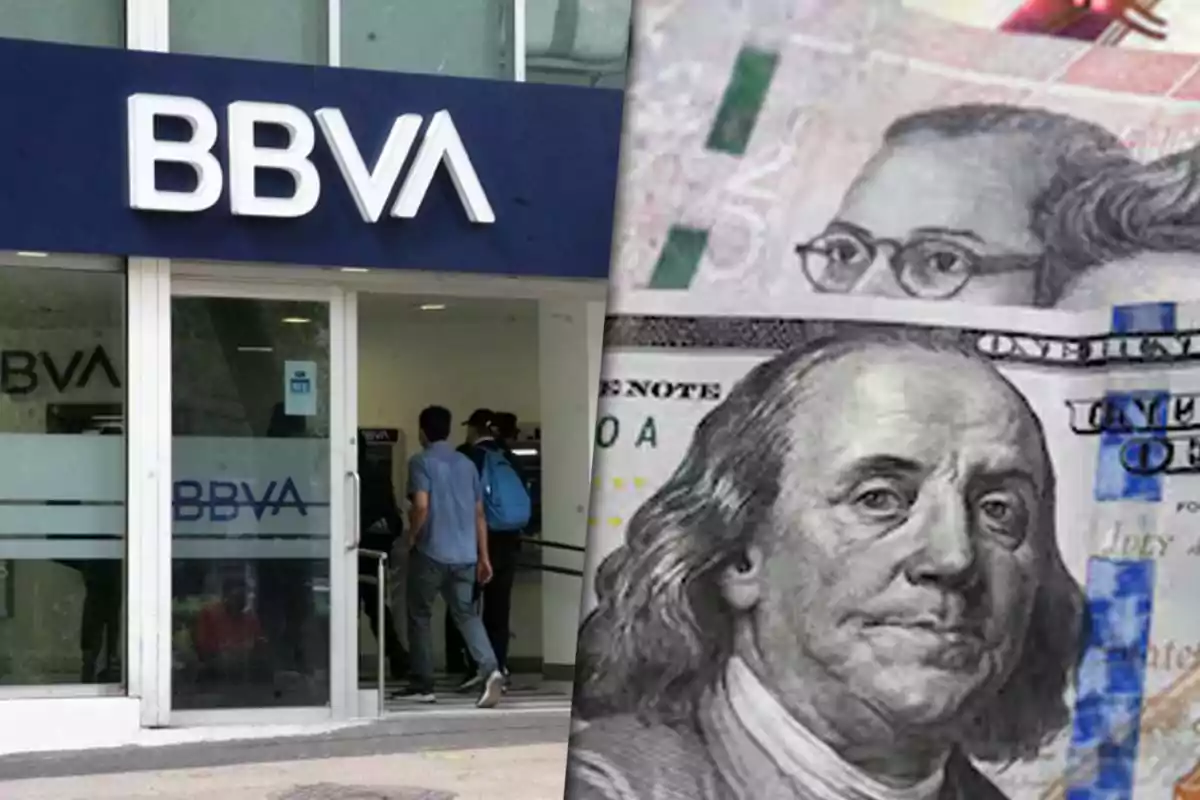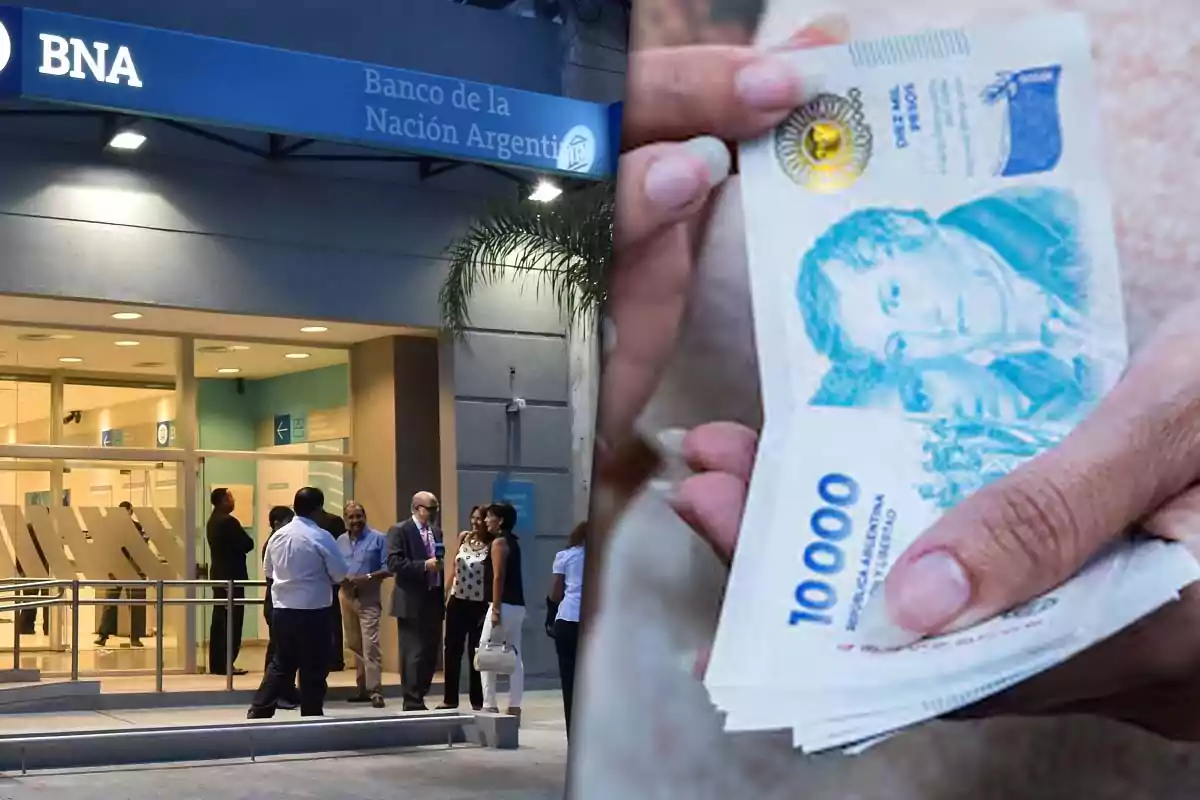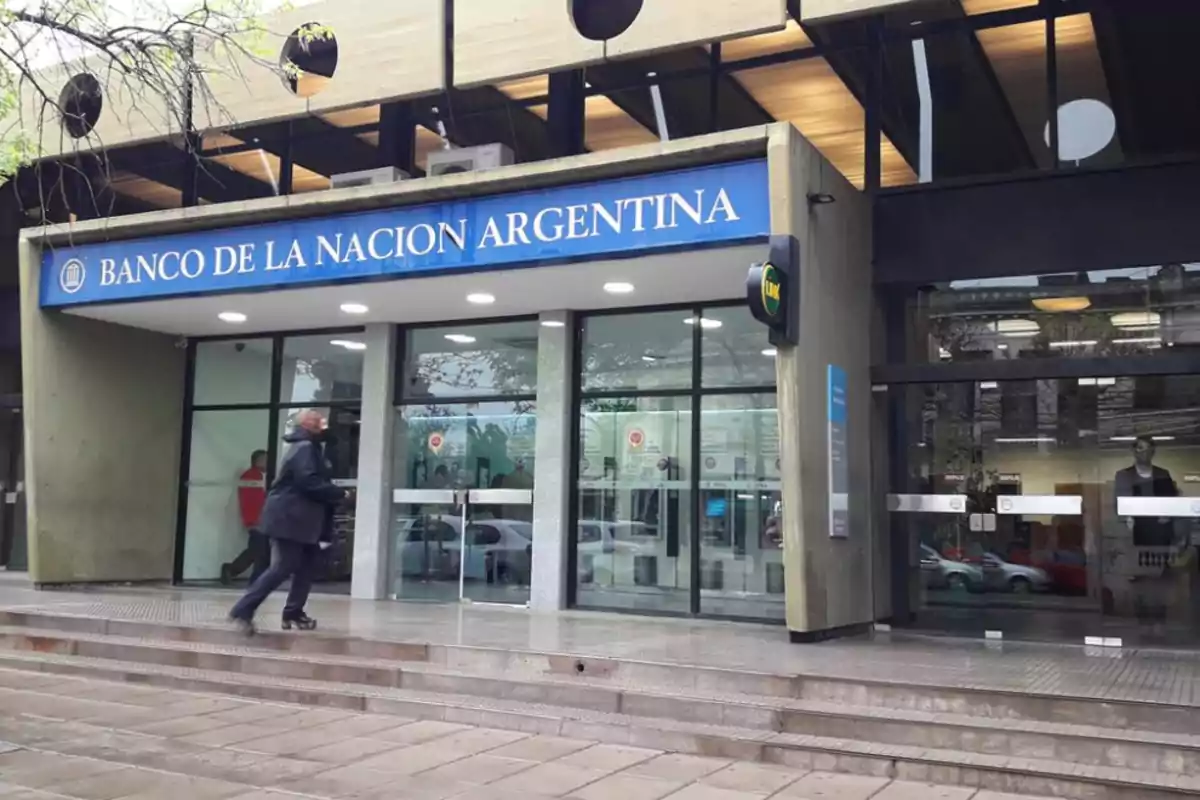
Fixed term: which bank pays more after the end of the dollar cap
Find out the updated interest rates offered by banks for fixed-term deposits after the end of the currency restrictions
The lifting of the dollar restrictions has brought fixed-term deposits back into the spotlight as a value refuge. Although with rates still below inflation, some entities offer more attractive returns than others.
In this new scenario, banks compete to attract deposits in pesos, and the difference between interest rates can be key when deciding where to invest.

How much does each bank pay for a 30-day fixed-term deposit?
The nominal annual rates (TNA) vary between 23.5% and 38.25%, depending on the entity. CMF Bank leads the ranking with the highest rate in the market.
- CMF Bank: 38.25%
- Mariva, Voii, and BICA Banks: 38%
- Meridian Bank: 37.25%
- REBA, Nación Bank, and Córdoba Bank: 37%
- Galicia, Provincia, GGAL, Credicoop, Corrientes: 34%
- Hipotecario (non-clients): 32.5%
- Regional Credit: 31.5%
- Comafi: 31%
- BIBANK: 30%
- Julio, Macro Banks: 29.5%
- BBVA: 29.25%
- Del Chubut: 29%
- ICBC: 28.6%
- Hipotecario (clients): 28%
- Tierra del Fuego: 27%
- Dino and Santander: 26%
- Del Sol and Ciudad: 25%
- Masventas: 23.5%

How to set up a fixed-term deposit?
1. Log in to the bank's home banking or app
Access with your username and password. You can also do it at a branch if you prefer in-person service.
2. Look for the "Fixed-Term Deposit" or "Investments" option
Within the menu, select the option to create a new fixed-term deposit.
3. Choose amount, term, and modality
- Minimum amount: depends on the bank.
- Minimum term: usually 30 days.
- You can opt for automatic renewal or total credit at maturity.

4. Confirm the details
Review the operation summary: amount, rate, term, renewal modality, and maturity date.
5. Complete the operation
Upon confirmation, the bank issues a receipt. At maturity, the capital plus interest is credited to you.

Is it advisable to invest in a fixed-term deposit today?
With negative real rates, fixed-term deposits do not fully protect against inflation. Even so, they can be useful if you seek to avoid volatility and do not want to take significant risks.
Before investing, it is advisable to compare the rates of each bank and review the conditions. In some cases, the rate differential can make a big difference in performance.
More posts: